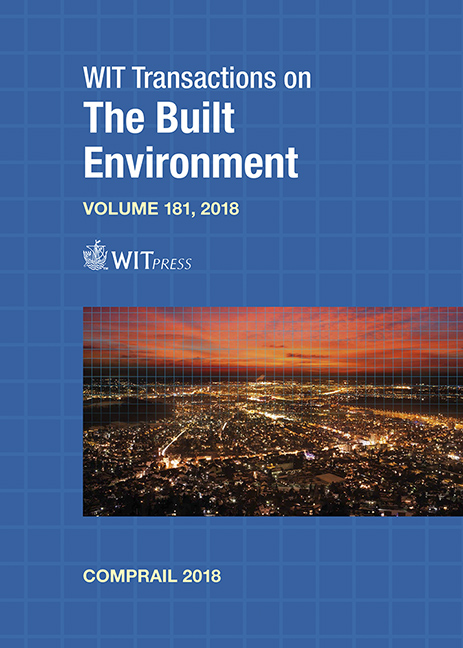NGT CARGO – CONCEPT FOR A HIGH-SPEED FREIGHT TRAIN IN EUROPE
Price
Free (open access)
Transaction
Volume
181
Pages
11
Page Range
555 - 565
Published
2018
Size
575 kb
Paper DOI
10.2495/CR180491
Copyright
WIT Press
Author(s)
TILO SCHUMANN, MICHAEL MOENSTERS, CHRISTIAN MEIRICH, BAERBEL JAEGER
Abstract
The Next Generation Train (NGT) is a research project of the German Aerospace Center (DLR). Within this project we develop concepts for a new high-speed train, a regional train and a fast freight train. For the fast freight train concept, called NGT CARGO, we analyzed an exemplary European corridor between Madrid and Bucharest. The train uses high-speed lines in Spain, France and Germany and then follows the Danube corridor railway lines through Austria, Hungary and Romania. A scenario was set up to shift adequate (high-value, expeditious goods) from truck transport to this high-speed rail system. Knowing the volume of goods from the traffic forecast 2030 from the German Ministry of Transport (BMVI) two rail-logistic approaches have been compared: a single wagon system with shunting and a line train system where the goods are transshipped automatically between the trains in terminals. The goods of course have to be treatable in an automatic way, e.g. euro pallets with maximum loading volume and fastened goods. The departure frequency of the trains has to be high in order to reach a high average transport speed. That’s why the volume of goods per train is low, which makes a single wagon system inefficient. There complete wagons have to depart for instance daily notwithstanding their load factor. Furthermore, a timetable analysis has been done for the German and partly the French section of the route to evaluate the feasibility of integrating a high-speed cargo train into the current and future traffic flow on conventional and high-speed lines. Passenger trains keep their higher priority (even local trains). Only conventional freight trains are ranked lower than the NGT CARGO. The analysis shows, that a train path under real conditions is slightly slower than the ideal trajectory, but this has not a deep impact to the average transport speed.
Keywords
next generation train, freight rail, cargo, timetable, transport planning, Europe, high-speed, operational concept, single wagon load, line train





